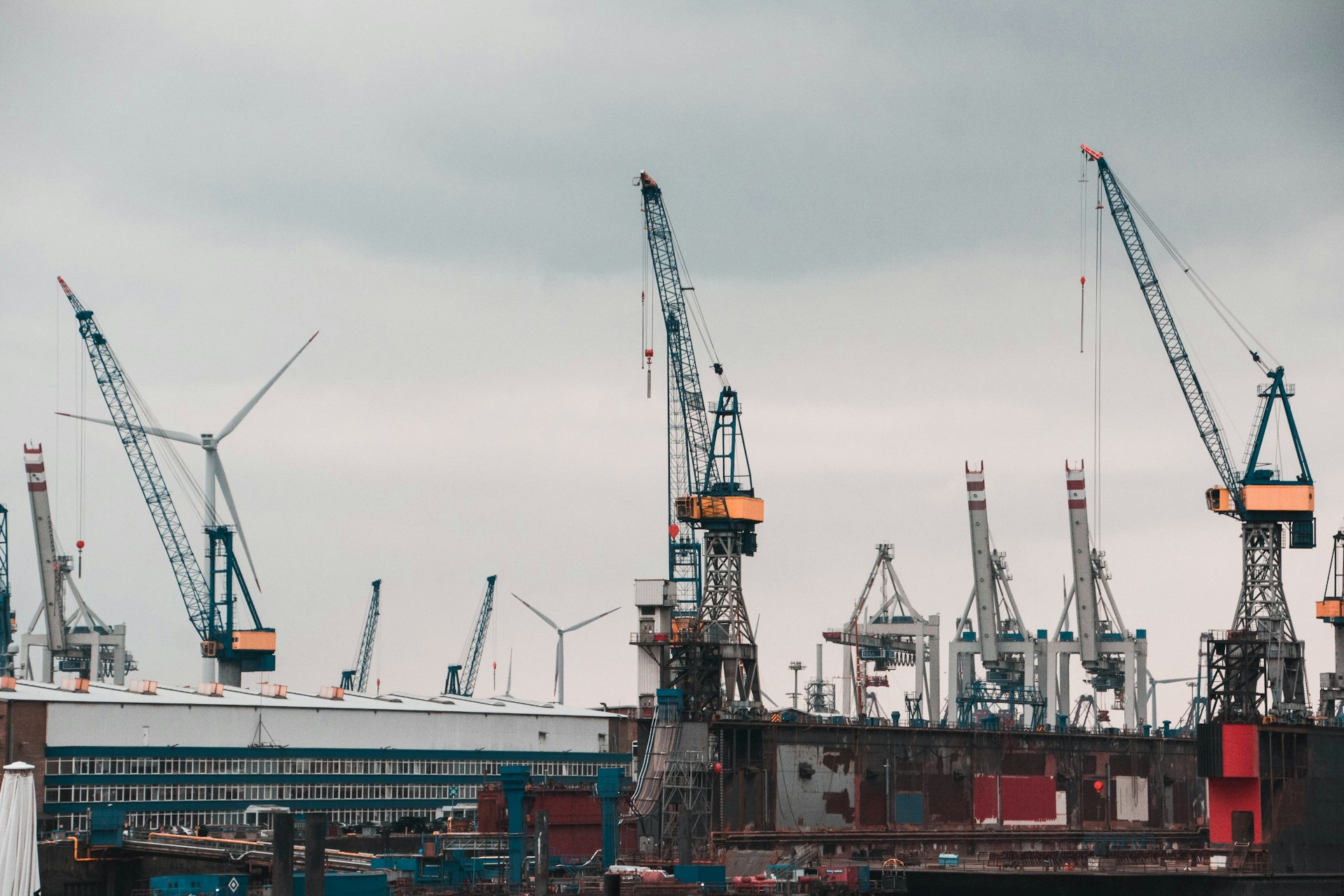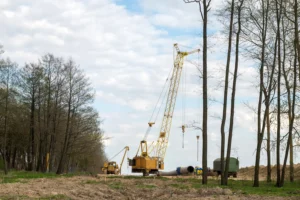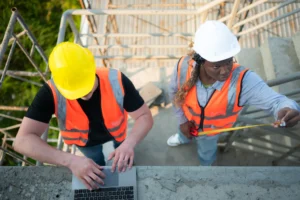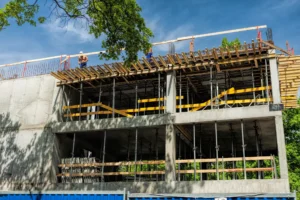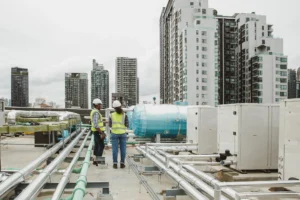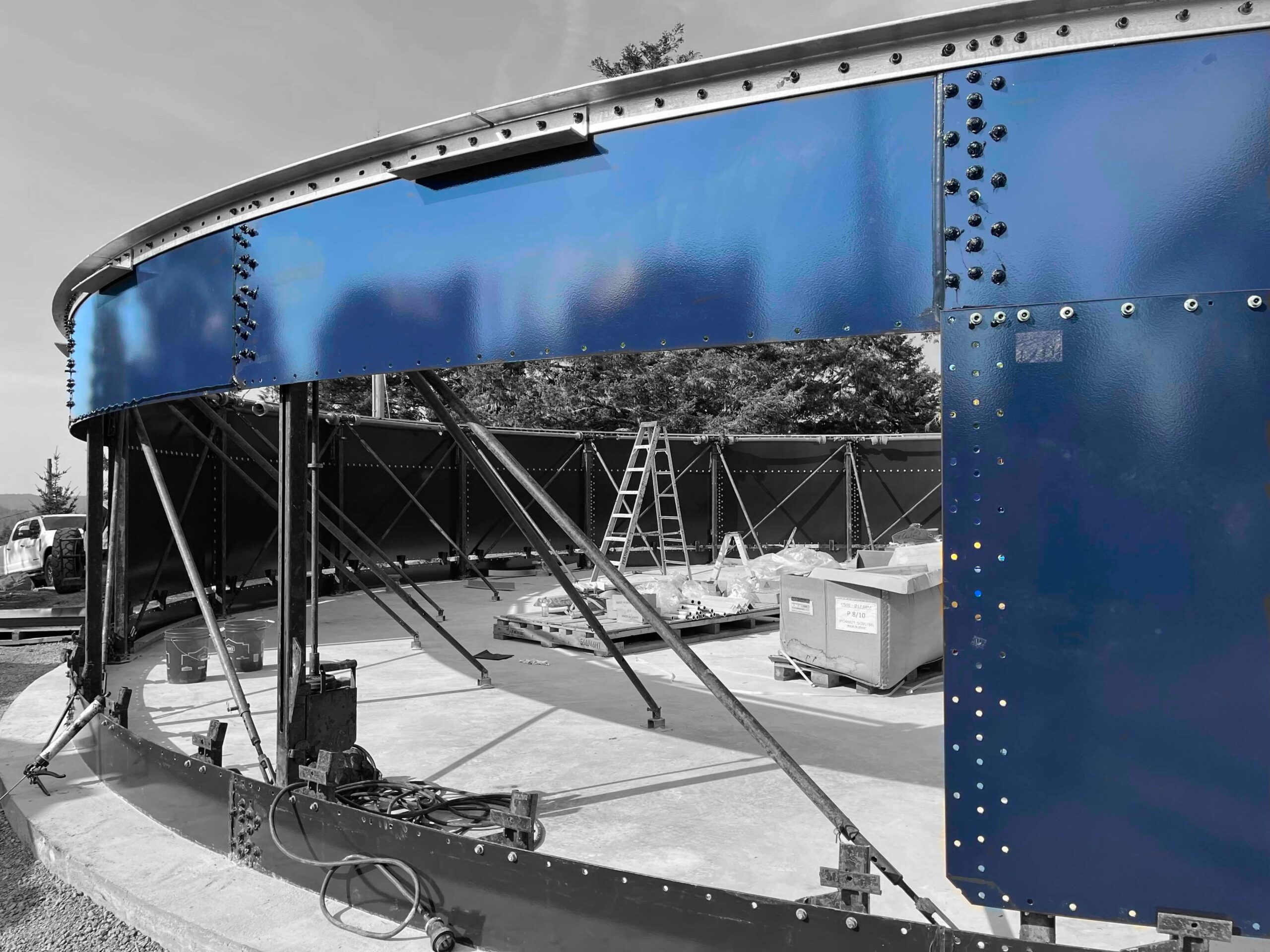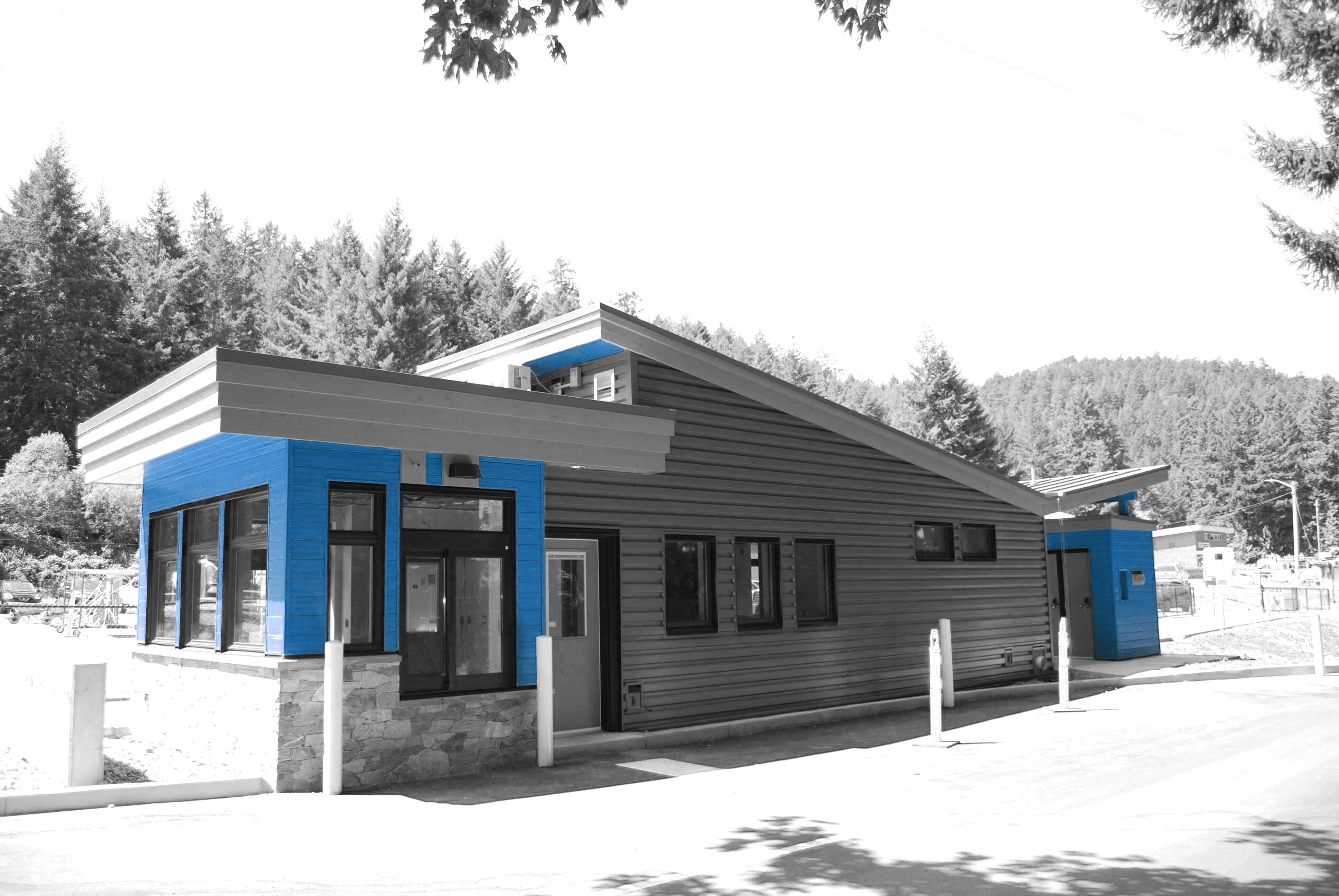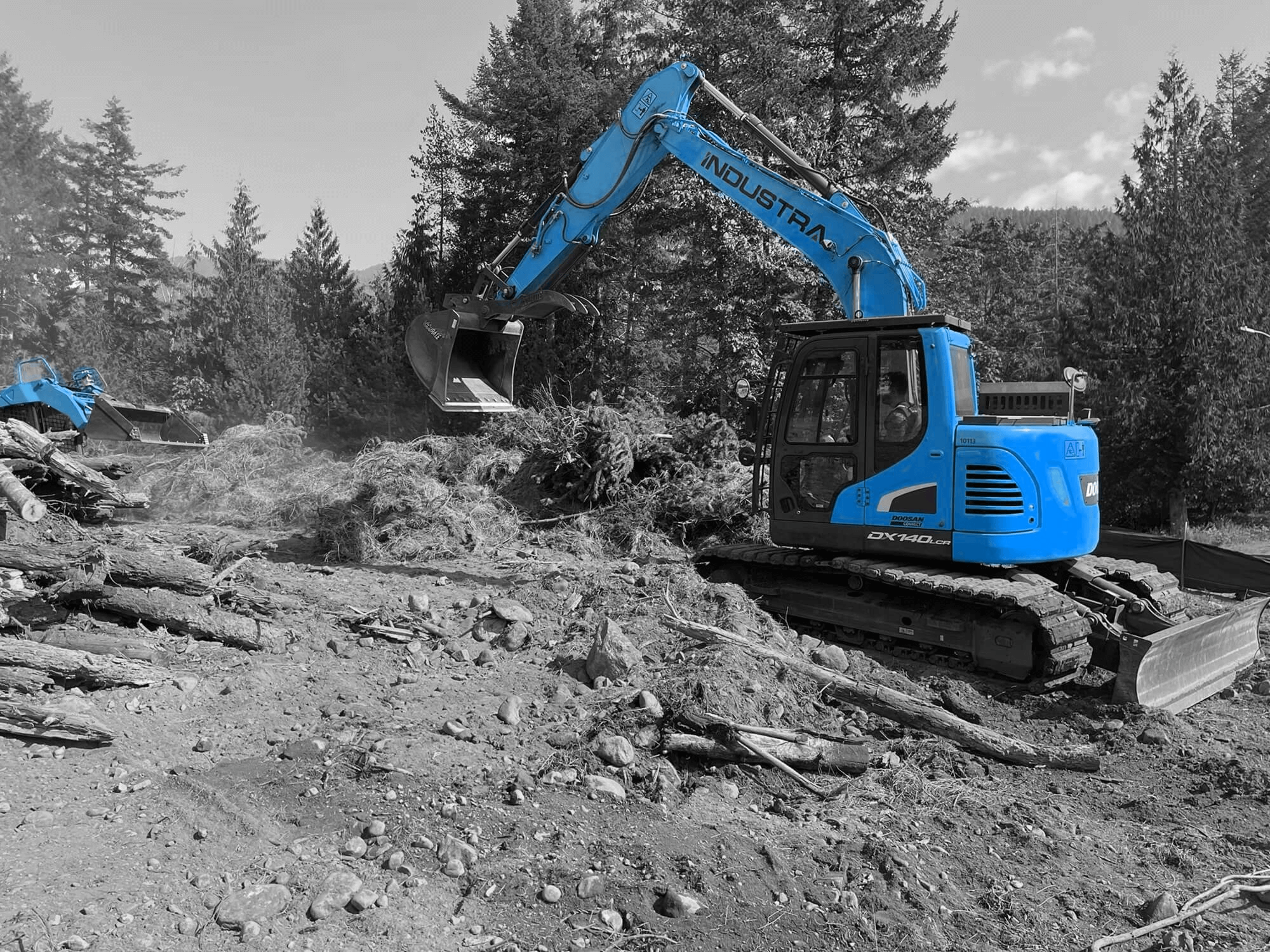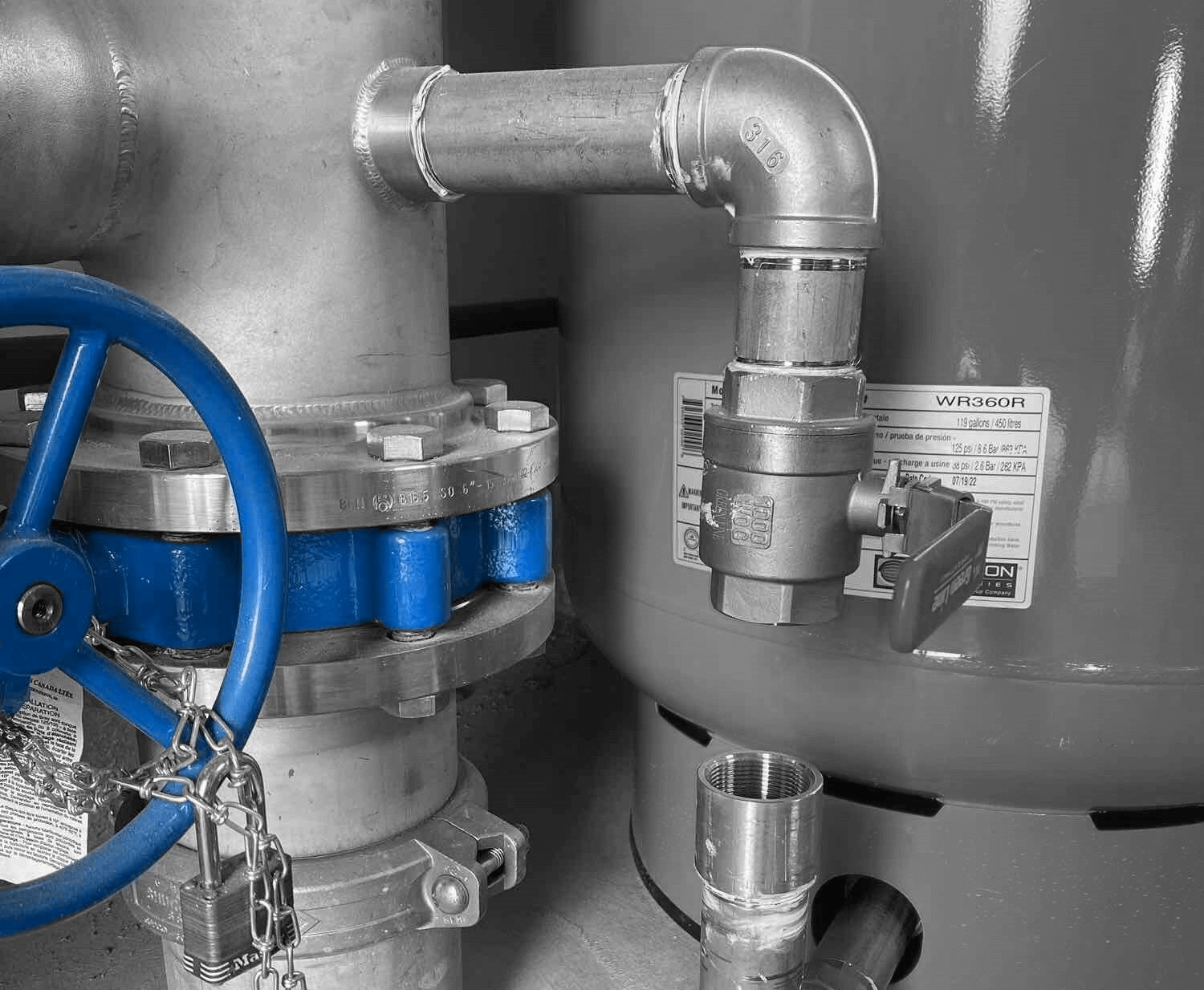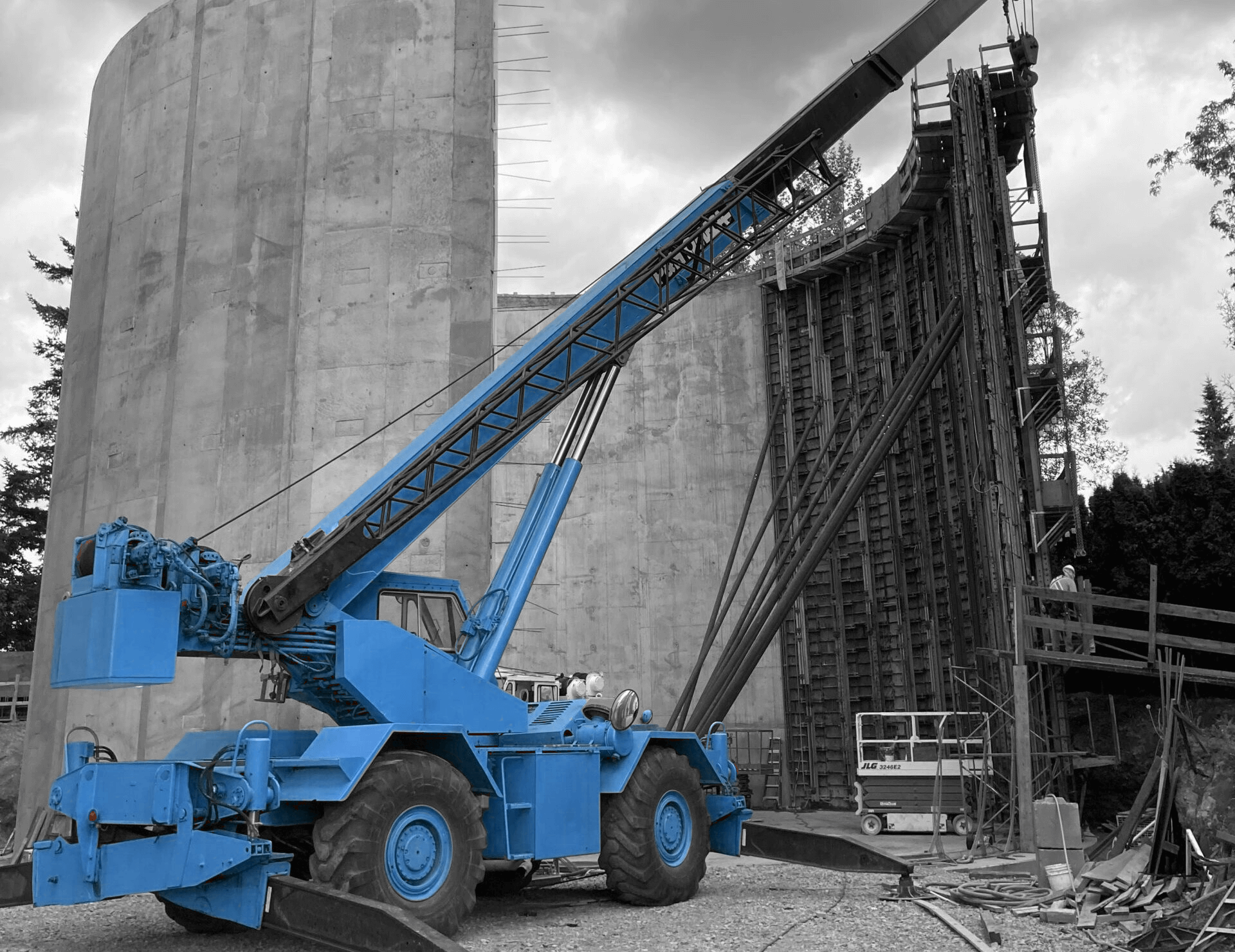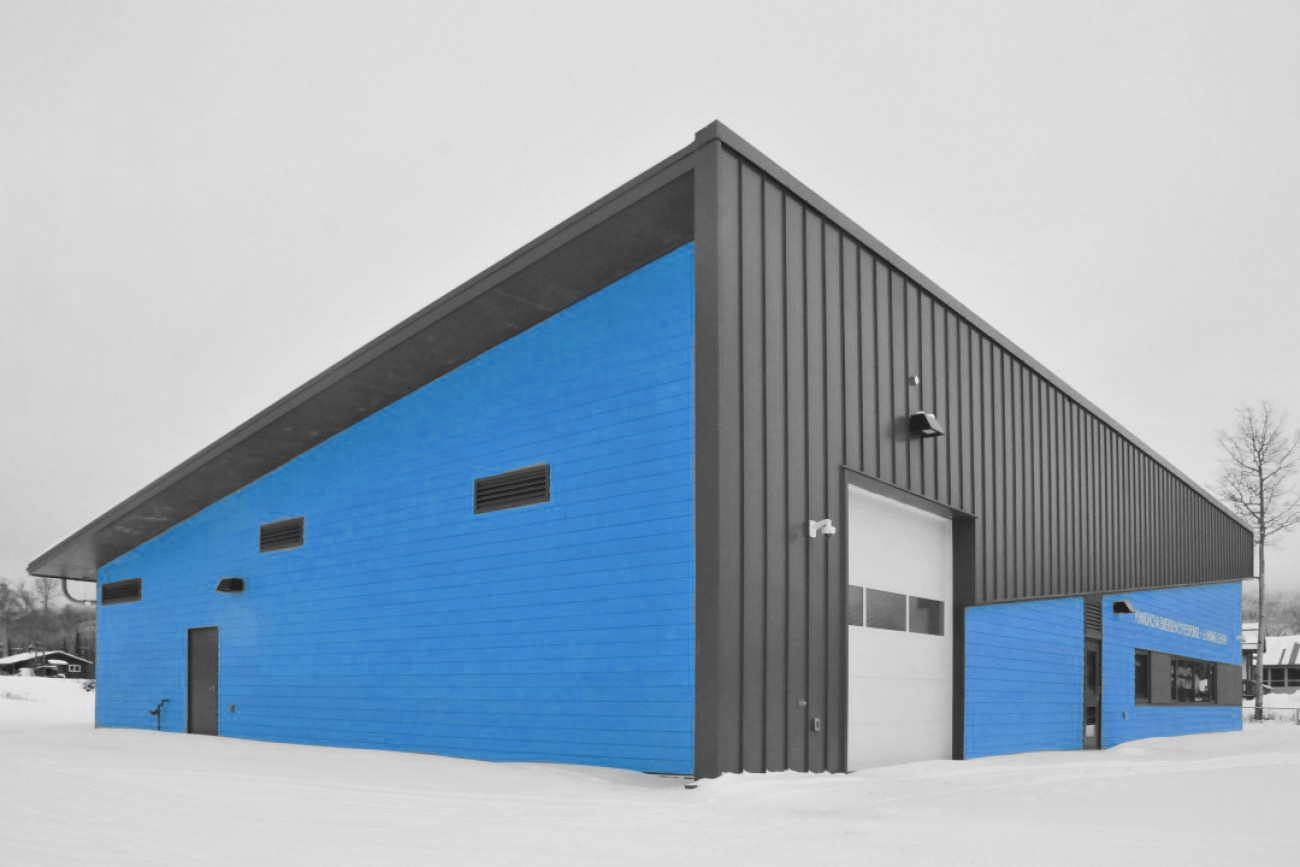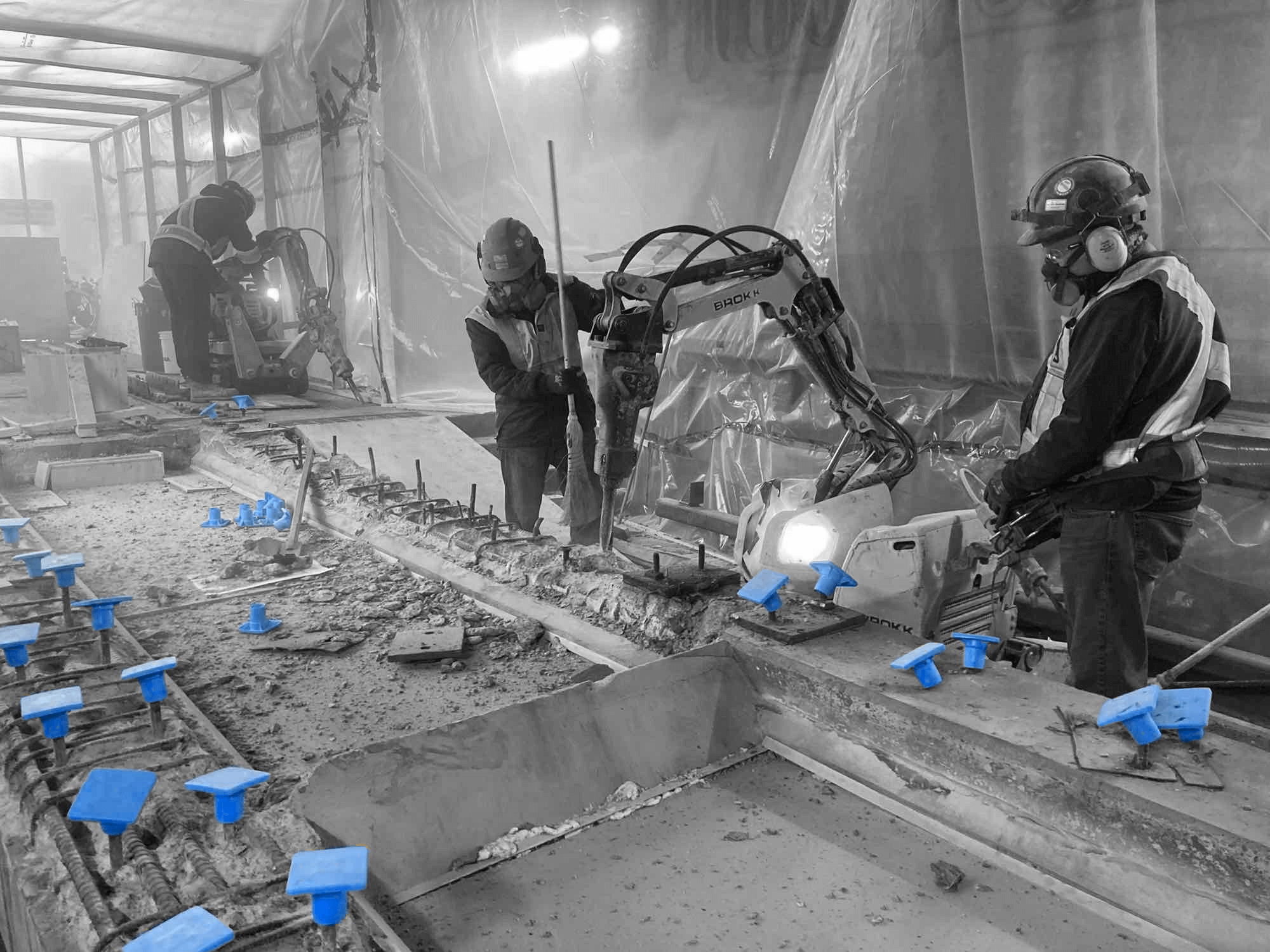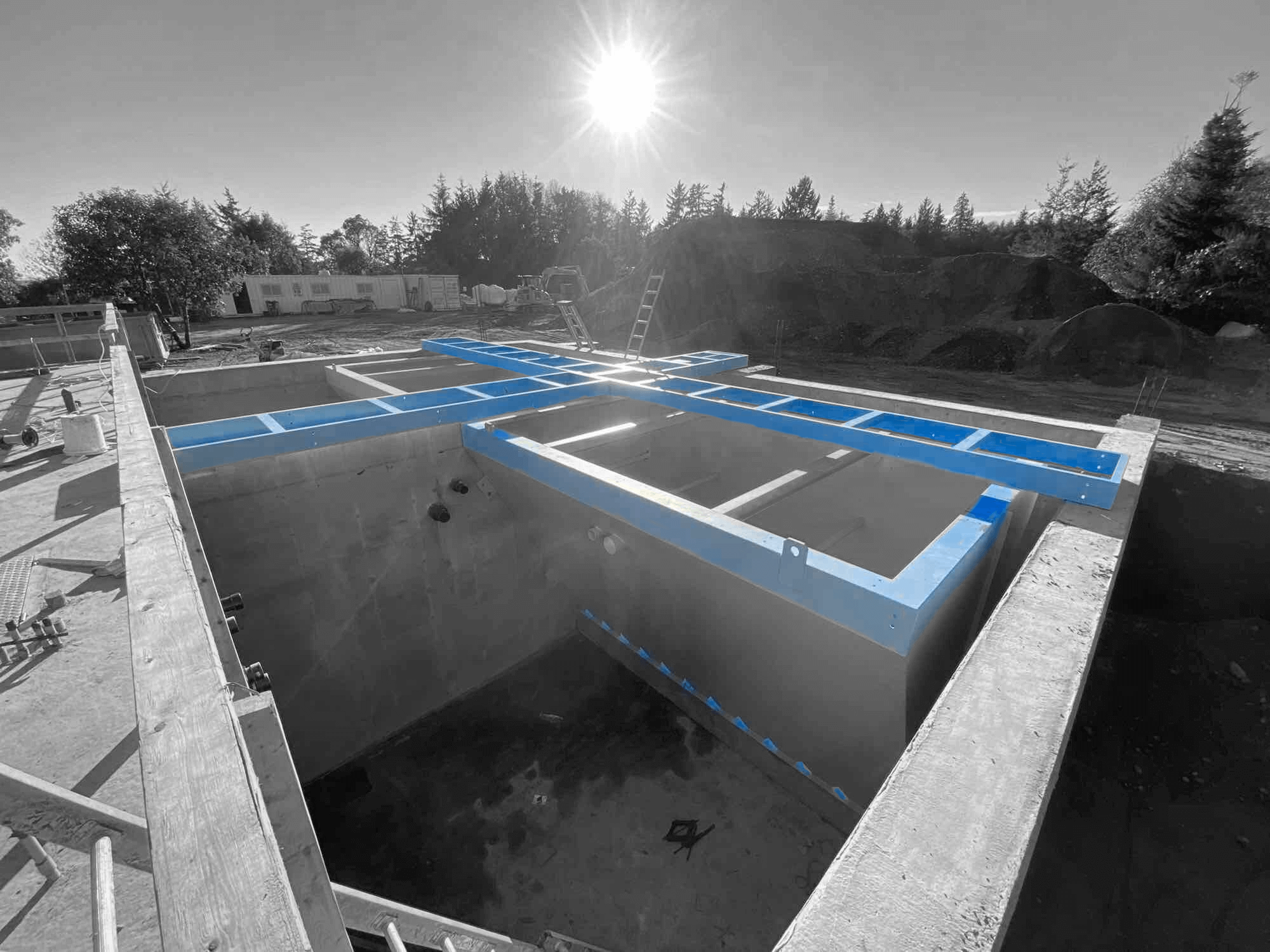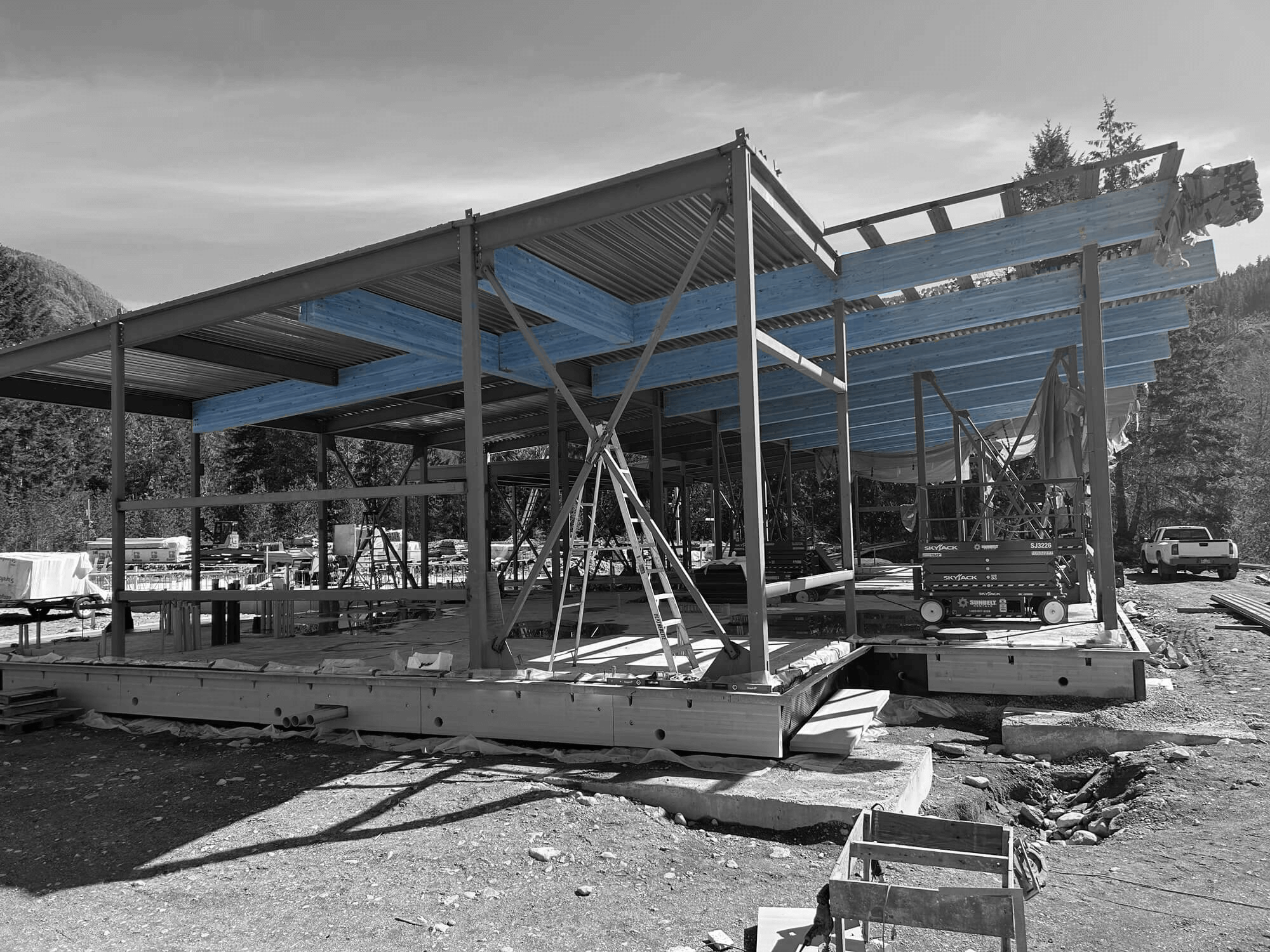Marine construction plays a vital role in building and maintaining the infrastructure needed to support coastal communities and industrial growth. From constructing docks and bridges to developing coastal protection systems, these projects have a significant impact on local economies and environments. What makes marine construction unique is the combination of technical challenges and environmental considerations. Whether it’s dealing with tides or ensuring the safety of marine life, each project requires careful planning and innovative techniques to succeed.
One of the key aspects of successful marine projects is the adoption of effective strategies specific to the needs of the site. This involves everything from choosing the right materials to employing advanced construction techniques. As the industry evolves, staying updated on best practices ensures that projects are completed on time while meeting safety and environmental standards. By understanding these approaches, companies involved in marine construction can deliver projects that are reliable and sustainable.
Planning and Site Assessment
Before beginning any marine construction project, comprehensive planning and site assessment are crucial steps. Planning serves as the foundation for any construction project, mapping out objectives, timelines, and resources needed. For marine construction, this phase is even more critical due to various elements like tides and weather conditions that can affect the outcome.
Site assessments are next on the checklist, and they go beyond just surveying the area. These evaluations look at the impact on marine life, the strength of the seabed, and the potential for erosion. Environmental impact assessments (EIAs) are particularly important, as they help identify potential risks to local ecosystems. An EIA might include evaluating the nesting habits of aquatic birds or examining water quality to ensure construction won’t disrupt local species.
Furthermore, site assessments often involve gathering data through techniques like sonar mapping or core sampling. For instance, understanding the type of sediment and its stability can influence the design of foundations and erosion control measures. Such informed decisions help avoid issues like structural failures or environmental damages.
Overall, the planning and site assessment phase provides a road map that guides all subsequent activities. It ensures every aspect of the project aligns with environmental regulations and meets the complex demands of marine construction. With thorough groundwork in place, projects are more likely to be executed smoothly, staying on schedule and budget while mitigating unforeseen hurdles.
Choosing the Right Materials
Selecting the appropriate materials for marine construction is fundamental to the project’s success and longevity. In marine environments, materials face harsh conditions, including saltwater corrosion and fluctuating temperatures. It’s important to choose materials that are resilient and long-lasting.
1. Concrete: Known for its robustness, concrete is often used in marine construction for foundations and breakwaters. Its durability makes it ideal for withstanding underwater conditions.
2. Steel: Galvanized or stainless steel is commonly used for structural elements due to its strength and resistance to rust.
3. Composite Materials: These materials blend different elements to create a product that enhances specific properties. Composites are gaining popularity in marine construction due to their lightweight nature and resistance to water damage.
The benefits of using durable materials extend beyond mere longevity. These materials reduce maintenance costs and enhance safety, contributing to the project’s sustainability. By choosing wisely, project managers can avoid common pitfalls like corrosion or rapid wear and tear.
Innovative Construction Techniques
The evolution of construction techniques has introduced more efficient and sustainable ways to build in marine settings. Modern methods not only reduce time and cost but also improve the structural integrity of the works.
– Prefabrication: By assembling parts of a structure in a controlled environment before transporting them to the site, prefabrication minimizes onsite risks and accelerates project timelines.
– Modular Construction: This method involves creating modules that are put together on-site, similar to building blocks, allowing for adaptability and easy maintenance.
– 3D Printing: Though still emerging, 3D printing is explored for creating complex shapes and reducing material waste, particularly useful for constructing custom parts.
Utilizing these techniques results in projects that are more efficient and adaptable to changing conditions. This is especially important in marine construction, where environmental factors can pose significant challenges.
Safety and Compliance
Safety is paramount in marine construction, where workers face unique challenges, from slippery surfaces to heavy machinery. Adhering to safety regulations not only protects the workforce but also prevents project delays and legal troubles.
– Regular safety training sessions for all workers
– Implementation of strict protocols for wearing protective gear
– Frequent inspections and maintenance of equipment to ensure reliability
Following these guidelines helps maintain a safe site and ensures the project complies with both local and international standards. Compliance is not just about following rules; it’s about creating a safe and secure work environment that respects both people and nature.
Successfully Building Marine Projects for the Future
Marine construction is a complex balance between innovation, safety, and environmental consideration. By focusing on effective techniques from the start, projects can achieve their goals efficiently and sustainably. The thoughtful selection of materials and methods shapes the outcome, determining the structure’s impact on its surroundings.
In the future, as technology continues to evolve, marine construction will likely see even more groundbreaking developments. Leveraging these advancements will help build not just reliable infrastructure but also contribute positively to communities and the environment. Projects that are well-planned and executed leave a lasting legacy, balancing human needs with the natural world.
To navigate the challenges and opportunities in marine construction, trust in experienced companies that prioritize innovation, safety, and sustainability. Industra Construction Corp. stands at the forefront of this industry. To discover more about how we can help you with marine projects, explore how companies for marine construction can deliver solutions that meet your unique needs.


